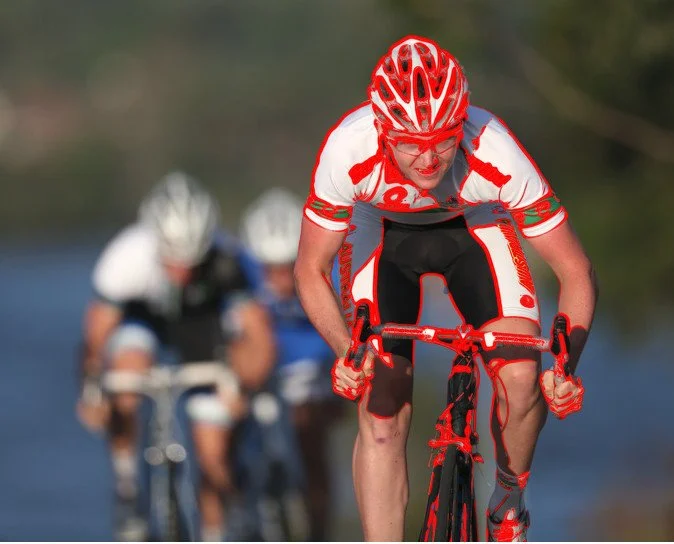Peak Performance Focussing
If you are like me, when you buy a new camera or other item that comes with a hefty instruction manual, the first thing you do is put the manual aside and start pressing buttons. When I converted all my camera equipment from Nikon to Fuji a few years ago I presumed I already knew my way around the menu screens and in many ways there were similarities but consuming a new instruction manual seemed a bit daunting. Over time however I have delved deeper into the features of my new cameras using a mixture of button pressing, YouTube videos and yes, reading the manual. In doing this I came across a feature that I had not known about previously but would transform how I would take pictures and increase the technical success rate when focussing. It is called Focus Peaking.
Like many people I wear glasses, varifocals to be precise. If you too wear glasses you will realise the challenges this can pose when looking through a viewfinder and trying to get the lens “sweet spot” on your subject to allow you to focus properly. I dont tend to use the back screen a lot when taking photos, much preferring to use the viewfinder. The viewfinder can be adjusted a few dioptres using the adjustment dial but this still wasn’t totally satisfactory as getting your eye right up to the viewfinder with glasses on can be fiddly. This is where Focus Peaking comes in to its own.
When shooting street photography I prefer to use manual focussing. Auto focussing (AF) is good but in street photography, where you often don’t have much time to react, AF can sometimes get “lost” or focus on something other than your subject. In AF you also have the focus zone to contend with and this just gives me too many things to think about when on the streets. I learned photography in the days before AF so maybe my preference goes back to those days.
As I mentioned before I use Fuji cameras but I am sure the Focus Peaking feature will be common on many cameras today. When activated, and using manual focus, the Focus Peaking feature will highlight in outline all parts of the image that will be in focus based on your camera and lens settings. If you change the focus point by turning the lens barrel you will see the highlighting move from one point of the image to another. This is invaluable to me as it ensures that the features of the image I want to be in focus are in focus.
This is how I set up my Fuji cameras for Focus Peaking but I would imagine other cameras that have this feature are similar.
